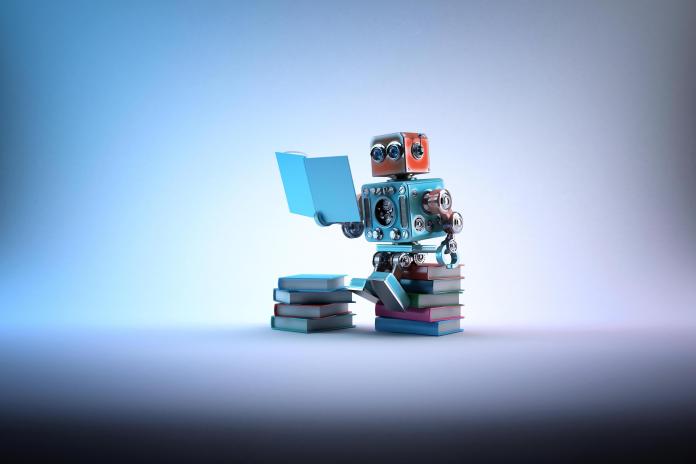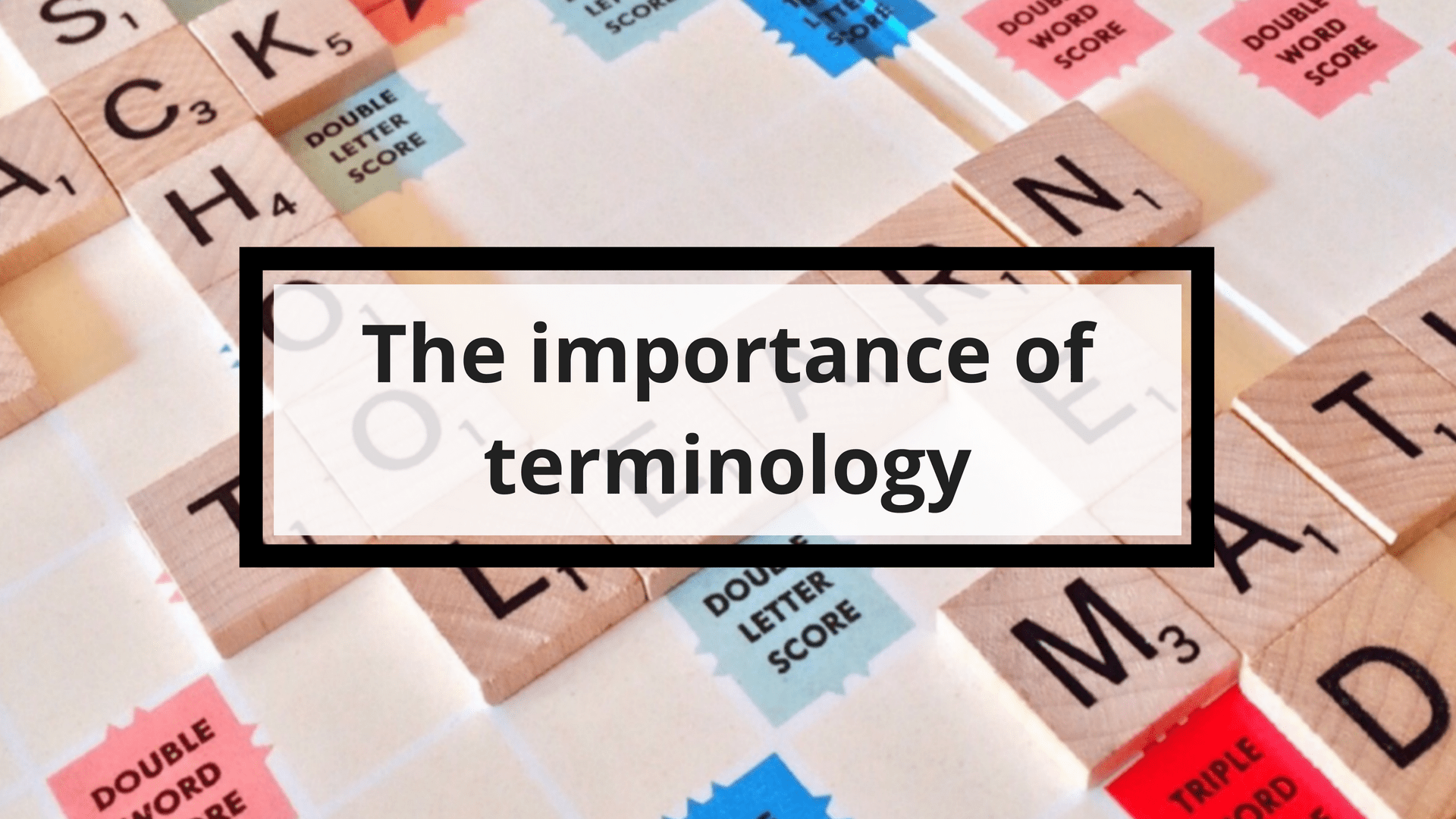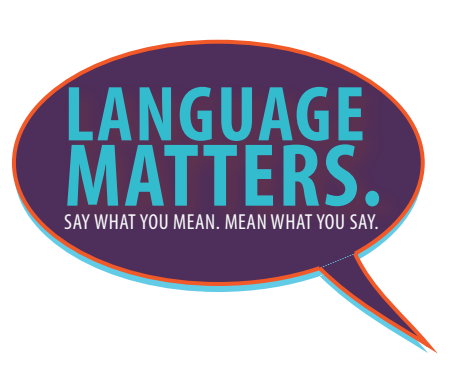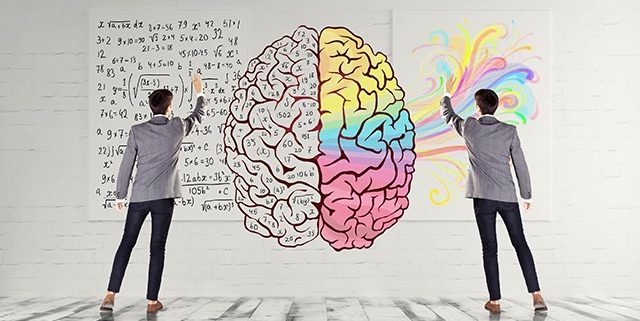On November 18th, 2020, the 5th edition of “Focus on Project Management” organized by ELIA started. Even though we are in the midst of the COVID-19 pandemic, this European association of the language industry manages to hold, once again, an extraordinary international event designed to bring to the attention of its members the latest tools and best practices in the field of language services.
Held for the first time in the online environment, the event takes the form of a four-week program that includes three independent sections, namely: presentations, workshops and discussions. Thus, the organizing committee brings to the virtual stage many personalities of the language industry ready to offer participants a unique and captivating experience, to share their ideas and last but not least, to help them develop project management skills, which is vital for the success of their companies.
During the first session of “Focus on Project Management”, Yulia Akhulkova’s presentation on the language technology atlas, made by NIMDZI, could not go unnoticed. Her vast experience in combining marketing strategies in the localization industry, together with continuous research and passion in the field of language services are making Yulia Akhulkova an asset for both the international companies NIMDZI and ELIA Conference. As mentioned, her presentation is intended to provide participants and member companies with an overview of the new language technology atlas.
‘What are the best language tools and where do they come from?’, ‘What are machine translation or interpretation systems?’, ‘Are there any automatic dubbing and subtitling systems?’, ‘How many language technologies are there and which are the most efficient? But the most precise?’
These are just some of the questions frequently asked by many companies in the field of localization and language services, on the basis of which Yulia Akhulkova conducted the following research, even in this difficult context of 2020. Thus, it reveals the four main sources that were the basis for collecting data from suppliers of over 700 technology solutions: the answers following the Nimdzi Language Technology survey of suppliers from 25 countries, over 50 reports and meetings with language technology companies, publicly available data and the personal experience of the Nimdzi team, who uses language tools on a daily basis.
If we were to review the textbook of language technologies we can notice that it is made up of nine significant categories of language tools:
- Translation Business Management Systems (BMS)
- Translation Management Systems (TMS)
- Integrators (Middleware)
- Quality Management, including Terminology Management Systems
- Machine Translation (MT)
- Virtual Interpreting Technology (VIT)
- Speech recognition solutions
- Audiovisual Translation Tools (AVT)
- Marketplaces and Platforms
Furthermore, we learnt from Yulia’s presentation that the origin of language tools and technologies is actually from the United States and the most developed language technology is that of virtual interpretation, called “Virtual Interpreting Systems”. This industry has enjoyed real success due to the restrictions of these times, all interpretive events taking place online, through platforms such as KUDO, Zoom, Oyraa, etc.
In second place worldwide, we find translation management systems (TMS), which is one of the oldest language technologies. These systems were born from CAT tools, which did not cope when it came to streamlining the translation process, until 2010 when translation management systems, such as Memosource, SDL and Wordbee were constantly expanding.
At the top of the three most used language tools are the audio-visual systems for dubbing, subtitling and automatic speech recognition. Each of them is assigned a separate section in the manual written by Nimdzi, as more and more interesting discoveries are made in these areas. Whether you need automatic transcription and synchronization for subtitles, speech synthesis or remote dubbing you can always use language tools like Happyscribe, Limecraft, Autocap, etc.
You are probably wondering how you can remember all these aspects, how to put them into practice, and how to stay informed in the future? Well, Yulia Akhulkova’s advice is to communicate as much as possible with professionals in the field, to participate in numerous workshops and training, so that in the end you can develop your company as you wish.
For more information and for the Language Technology Atlas itself, go to https://www.nimdzi.com.







Leave A Comment